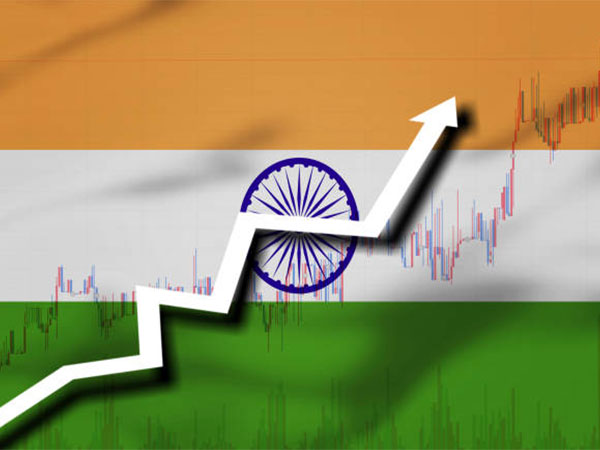India is on track to solidify its position as a global economic powerhouse, with projections indicating that it will become the world’s third-largest consumer market by 2026. This forecast is based on the country’s rapid growth in household consumption, which nearly doubled to USD 2.1 trillion in 2023 with an annual growth rate of 7.2 per cent. This growth rate surpasses that of major economies like China, the US, and Germany, positioning India as one of the fastest-growing economies globally.
One of the key drivers of India’s consumer market growth is the emerging affluent segment, which saw around 40 million individuals with an annual income exceeding USD 10,000 in 2023. Projections suggest that this figure is set to more than double over the next five years, indicating a significant expansion of purchasing power among the Indian populace. India’s large domestic market, capable of absorbing manufacturing output, gives it a competitive edge over its Asian peers, particularly in leveraging the ‘China+1’ supply chain strategy.
Policy initiatives and structural reforms have further bolstered India’s attractiveness as a manufacturing hub and consumer market. However, sustained high-quality job creation is emphasized as a key factor to ensure long-term consumption growth. Despite these positive trends, India’s consumption growth has exhibited some disparities post-pandemic, characterized by a K-shaped pattern where different segments of society experience divergent outcomes, leading to economic inequality.
While affluent segments of society have shown robust demand for premium goods and services, the demand for entry-level and mass-market products has been subdued. Factors contributing to this divergence include differential income continuity during the pandemic, improved access to consumer credit, and lower household savings. Looking ahead, analysts expect household consumption growth to remain below trend in the fiscal years 2025 and 2026, with a projected growth rate of 4-5 per cent year-on-year.
Urban mass-market demand is expected to remain modest due to softening corporate wage growth and moderating personal loan growth, while the premium and affluent segments are anticipated to continue performing well. This is driven by factors such as rural consumption recovery, expected normal monsoons, and the anticipated capex recovery. India’s ascent to becoming the world’s third-largest consumer market underscores its growing economic significance on the global stage.
With a young and dynamic population, coupled with ongoing reforms and investments, India presents vast opportunities for businesses and investors, signaling a promising future for the nation’s economy and consumer market. In conclusion, India’s continued growth trajectory in the consumer market highlights its potential as a key player in the global economy and reinforces its position as a lucrative investment destination for businesses looking to tap into its expanding consumer base.










